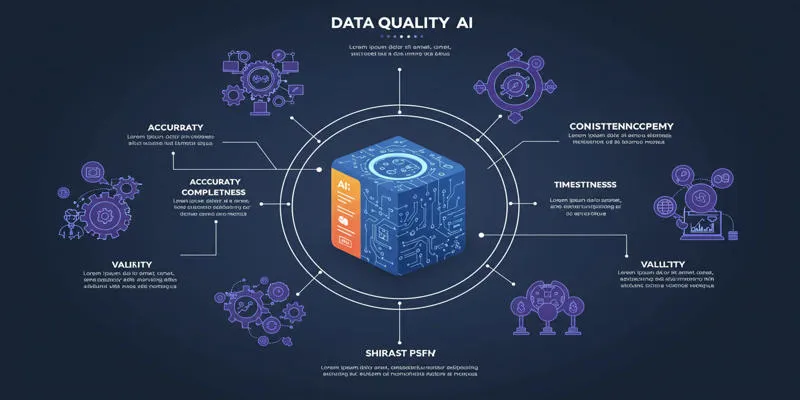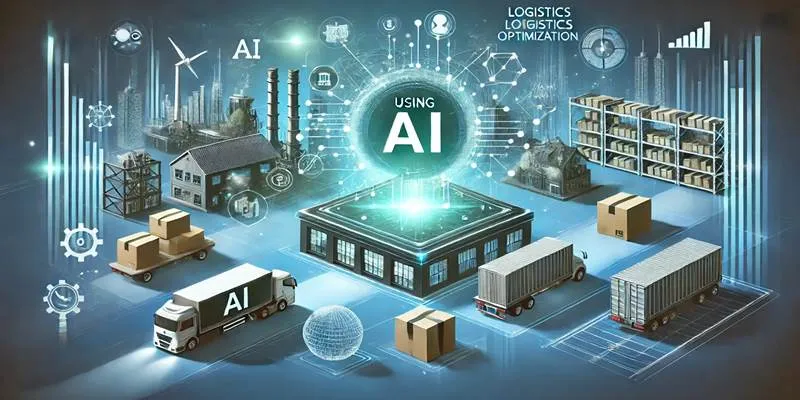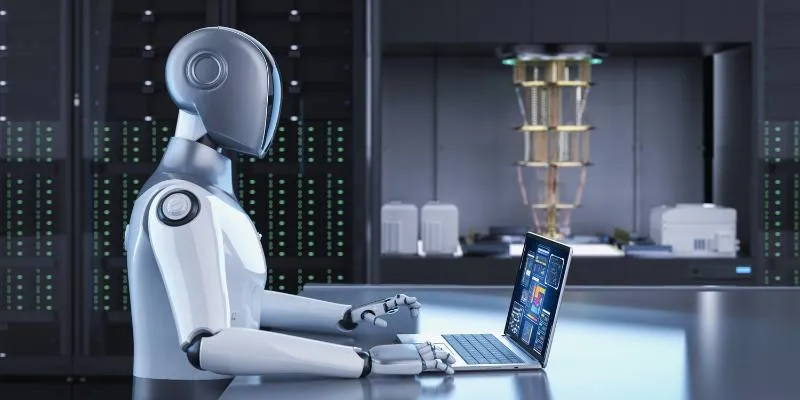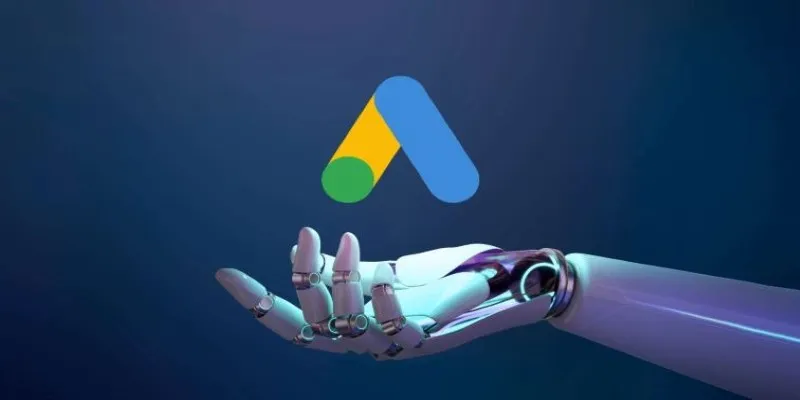Artificial intelligence (AI) is revolutionizing the manufacturing industry by enhancing efficiency, minimizing downtime, and ensuring high-quality production. AI significantly impacts two critical areas: quality control and predictive maintenance. With AI-powered systems, manufacturers can anticipate equipment failures, optimize maintenance schedules, and elevate product quality, resulting in cost savings and increased productivity.
Globally, manufacturing companies are adopting AI to streamline processes and reduce human error. AI facilitates the transition from reactive maintenance and manual quality assessments to proactive, automated solutions that enhance overall process efficiency.
AI in Predictive Maintenance
Predictive maintenance is a transformative approach for manufacturing industries, helping prevent costly breakdowns and reduce downtime. AI-driven predictive maintenance leverages real-time data, machine learning algorithms, and IoT sensors to analyze machine performance and predict potential failures before they happen. This enables manufacturers to take preemptive actions, avoiding production delays and minimizing repair expenses.
How Predictive Maintenance Works
- Data Collection: Sensors gather information from machinery, including temperature, sound, and pressure.
- AI Analysis: Machine learning systems analyze historical and real-time data to identify patterns indicating potential issues.
- Predictive Alerts: AI generates alerts upon detecting abnormalities, allowing maintenance teams to address problems before breakdowns occur.
- Automated Scheduling: AI optimizes repair schedules based on machine health, reducing unnecessary downtime and maintenance costs.
- Fault Diagnosis: AI systems accurately diagnose the root cause of impending failures, guiding support teams in taking corrective measures.
- Resource Allocation: AI prioritizes repair tasks based on urgency, ensuring critical equipment is serviced first.
Benefits of AI-Driven Predictive Maintenance
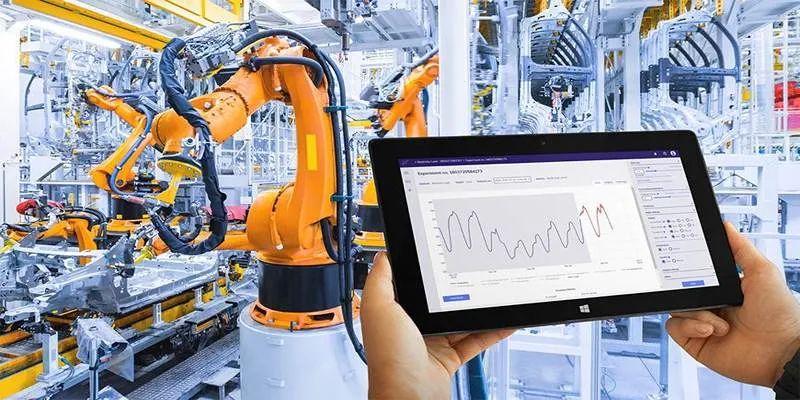
- Reduced Downtime: Early issue detection keeps production lines running smoothly by preventing unexpected equipment failures.
- Cost Savings: AI eliminates costly emergency repairs and extends machine lifespan by addressing issues before they escalate.
- Improved Safety: Preventing breakdowns reduces workplace accidents, ensuring a safer environment for workers.
- Enhanced Efficiency: Machines operate at optimal performance, boosting productivity and reducing energy consumption.
- Better Decision-Making: AI-generated insights assist manufacturers in making informed maintenance strategy and investment decisions.
AI in Quality Control
Maintaining high product quality is essential for manufacturing companies. AI-driven quality control employs computer vision, deep learning, and real-time data processing to inspect products, identify defects, and ensure manufacturing consistency. This technology reduces human error, accelerates inspections, and improves defect detection accuracy.
How AI Enhances Quality Control
- Automated Inspection: AI-powered cameras scan products for defects such as cracks, color inconsistencies, and shape variations.
- Machine Learning Analysis: AI compares inspected items with a database of defect-free products, identifying inconsistencies with high accuracy.
- Real-Time Corrections: AI can adjust machine operations instantly to correct errors during production, minimizing waste and rework.
- Defect Classification: AI categorizes defects based on severity, helping manufacturers prioritize corrective actions.
- Process Optimization: AI analyzes trends in defects and suggests process improvements to enhance product quality.
- Compliance Assurance: AI ensures products meet industry standards and regulatory requirements, reducing the risk of recalls and compliance issues.
Benefits of AI-Driven Quality Control
- Higher Accuracy: AI detects defects more precisely than human inspectors, ensuring consistent product quality.
- Faster Inspections: AI-powered cameras can inspect thousands of products in seconds, significantly improving production speed.
- Reduced Waste: Early defect identification prevents defective products from reaching customers, reducing material waste and rework costs.
- Consistent Quality: AI ensures every product meets high-quality standards, enhancing customer satisfaction.
- Lower Operational Costs: Automating inspections reduces the need for manual quality checks, saving labor costs and resources.
Challenges of Implementing AI in Manufacturing
While AI offers numerous benefits, manufacturers face challenges when implementing AI-driven predictive maintenance and quality control systems :
- High Initial Costs: Investing in AI technology, software, and skilled professionals is necessary for development and maintenance.
- Data Security Concerns: AI relies on vast data, making cybersecurity a priority to protect sensitive information from breaches.
- Integration Issues: Older systems may need upgrades to be compatible with AI technologies, leading to additional costs and technical complexities.
- Workforce Adaptation: Employees require training to effectively work alongside AI-driven systems, necessitating investment in upskilling programs.
- Ongoing Maintenance of AI Systems: Continuous monitoring, updates, and fine-tuning of AI models are essential for effectiveness in changing manufacturing environments.
Real-World Applications of AI in Manufacturing
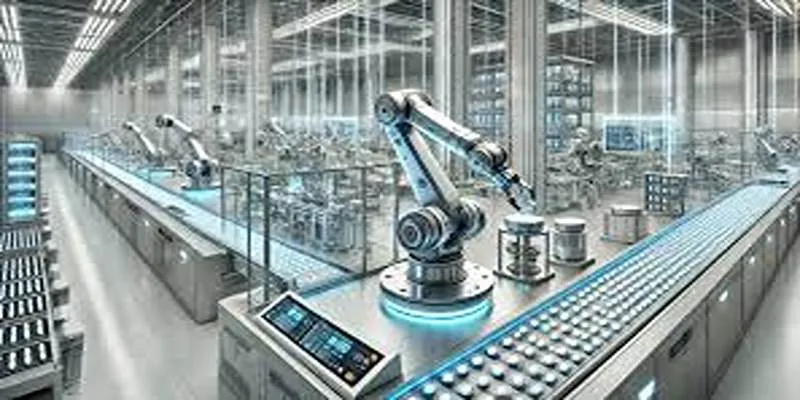
Several leading manufacturing companies have successfully integrated AI into their predictive maintenance and quality control processes:
- Automotive Industry: Car manufacturers use AI-driven cameras to inspect vehicle components, ensuring that every part meets safety and quality standards.
- Pharmaceutical Manufacturing: AI helps detect inconsistencies in drug production, reducing the risk of defective medications reaching the market.
- Electronics Production: AI-driven systems inspect circuit boards and microchips for defects, ensuring reliable electronic products.
- Food and Beverage Industry: AI-powered quality control systems detect contamination, packaging defects, and inconsistencies in food production.
- Textile Industry: AI inspects fabric quality, detecting imperfections such as misaligned patterns or faulty stitching before garments reach consumers.
Conclusion
AI-driven predictive maintenance and quality control are transforming the manufacturing industry by enhancing efficiency, reducing costs, and ensuring superior product quality. By implementing AI-powered systems, manufacturers can shift from reactive approaches to proactive strategies, minimizing downtime and improving productivity. Despite implementation challenges, AI is a valuable asset for manufacturers aiming to optimize operations, improve safety, and maintain high product quality.
 zfn9
zfn9

